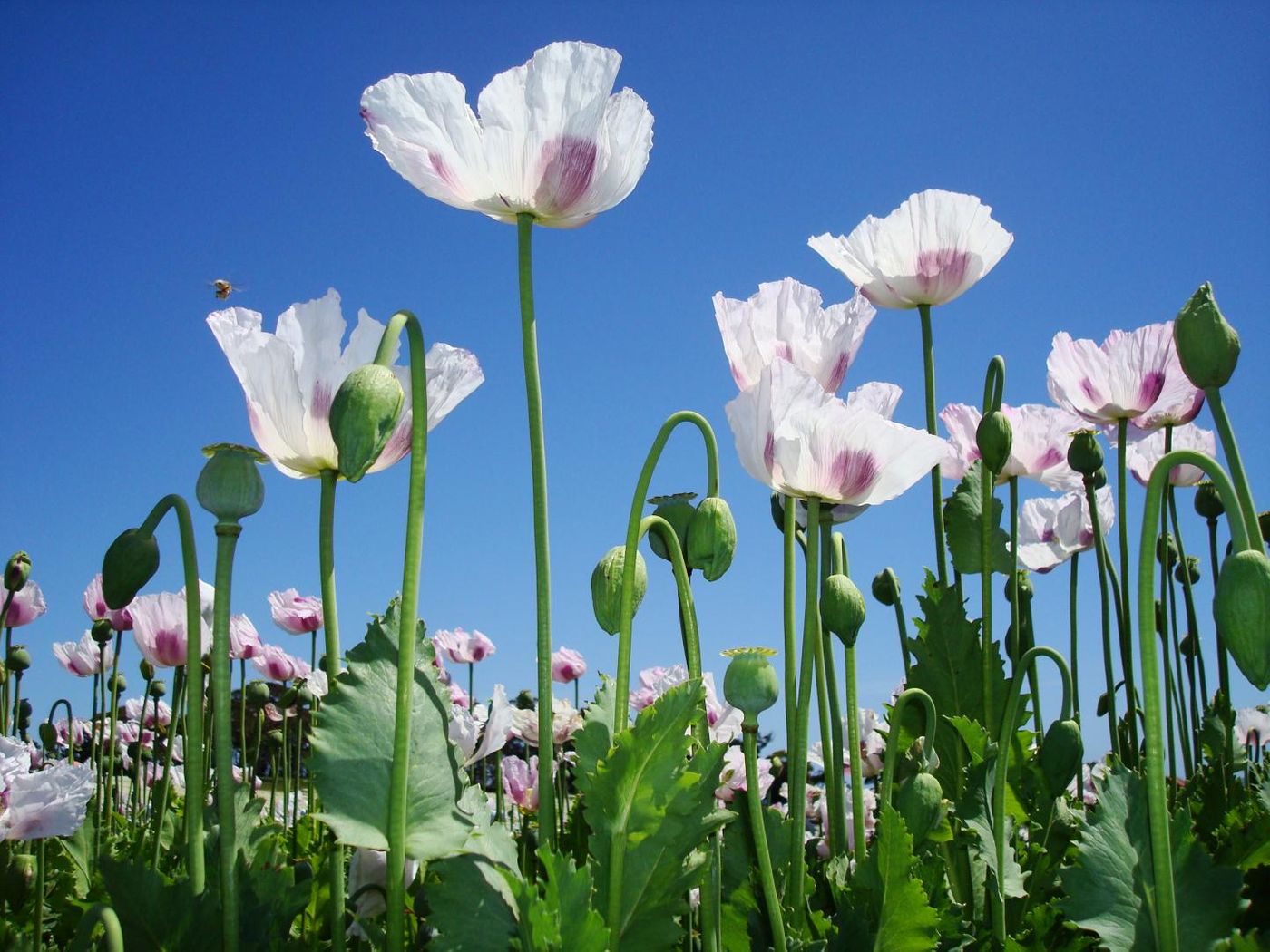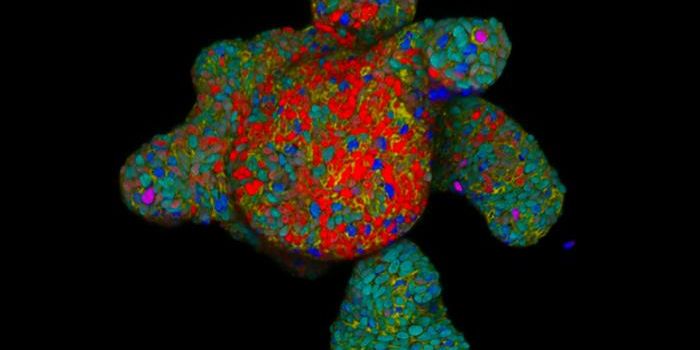By sequencing the genome of the opium poppy, scientists have revealed important details about how the plant came to generate the chemicals that are used to make some of our most common painkillers. This work, which was reported in Science, could help improve those drugs and the ability of the plant to withstand disease; that would help reduce the cost and increase the reliability of the production of those medicines.
"Biochemists have been curious for decades about how plants have evolved to become one of the richest sources of chemical diversity on earth. Using high-quality genome assembly, our study has deciphered how this has happened in opium poppy,” explained the co-corresponding author of the report, Professor Ian Graham of the Centre for Novel Agricultural Products, Department of Biology at the University of York.
"At the same time this research will provide the foundation for the development of molecular plant breeding tools that can be used to ensure there is a reliable and cheap supply of the most effective painkillers available for pain relief and palliative care for societies in not just developed but also developing world countries,” he added.
The international team that performed this research included investigators from the University of York, the Wellcome Sanger Institute and other institutions. The team discovered the genetics underlying the production of noscapine - a cough suppressant, and morphine and codeine - powerful painkillers.
While there have been advances in synthetic biology, the opium poppy still provides the cheapest commercial source of the compounds needed to make those drugs.
After sequencing a 2.7 Gigabase sequence across eleven chromosomes, the team found a cluster of genes that encode for enzymes that are crucial to the production of noscapine and the compounds that generate codeine and morphine.
Duplication events in their genomes have allowed plants to evolve to do many things. Over time, they have created a massive arsenal of chemicals they can produce to protect themselves from microbes or herbivores and to enrich themselves, such as by attracting beneficial insects. Those events have also created challenges for the scientists trying to decipher the genome sequence; many areas are similar to or the same as other regions.
"A highly repetitive plant genome and the intermingled evolutionary events in the past 100 million years complicated our analysis. We utilized complementary cutting-edge genome sequencing technologies with sophisticated mathematical models and analysis methods to investigate the evolutionary history of the opium poppy genome,” noted co-corresponding author Professor Kai Ye of Xi'an Jiaotong University.
"It is intriguing that two biosynthetic pathways came to the same genomic region due to a series of duplication, shuffling and fusion structural events, enabling concerted production of novel metabolic compounds."
"Combining various sequencing technologies is the key for producing a high-quality assembly for opium poppy genome. With a genome size similar to humans, the main challenge for this project was to handle repeat elements which make up 70.9 percent of the genome,” added co-first author Professor Zemin Ning of the Wellcome Trust Sanger Institute.
Sources: Science Daily via York University, Science









